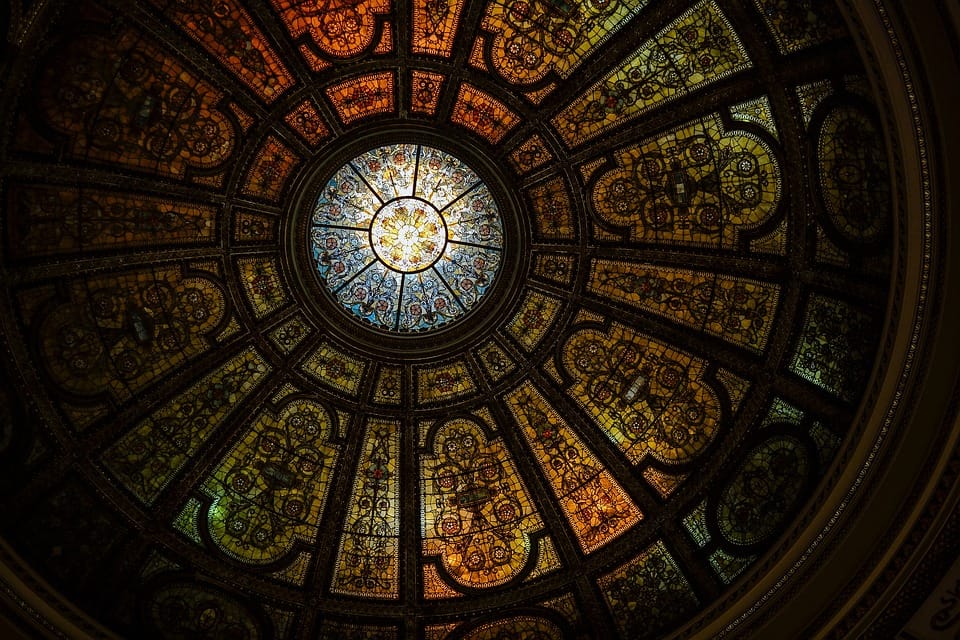Blockchain, Bidding, and Beyond: A Beginner’s Guide to Valuing NFT Art
The world of non-fungible tokens (NFTs) has been riding a wave of popularity, with artists, collectors, and investors clamoring to be a part of this new digital art revolution. As the NFT market continues to grow, understanding the value of NFT art becomes increasingly crucial for those looking to buy, sell, or create these unique digital assets. In this article, we’ll delve into the world of blockchain, bidding, and beyond to provide a comprehensive guide on valuing NFT art for beginners.
What is NFT Art?
NFT art refers to unique digital art pieces that are stored on a blockchain, a decentralized, digital ledger that records transactions and data. Each NFT is proof of ownership, making it a scarcity in a digital world where reproduction is just a click away. NFT art can take many forms, from digital paintings and sculptures to videos and music compositions.
Understanding Blockchain and Smart Contracts
To understand the value of NFTs, it’s essential to grasp the concept of blockchain technology and smart contracts. A blockchain is a decentralized, distributed ledger that records data in blocks, ensuring transparency, security, and immutability. Smart contracts, on the other hand, are self-executing contracts with predefined rules and penalties, allowing for the automated processing of transactions.
How to Value NFT Art: A Beginner’s Guide
Evaluating the value of an NFT art piece requires a multi-faceted approach, considering various factors such as:
- Rarity: The scarcity of an NFT art piece, whether it’s a limited edition or one-of-a-kind, significantly impacts its value.
- Artist’s reputation: The reputation and expertise of the artist can influence the value of the NFT. Premiere collectors and investors often look for established artists with a track record of success.
- Technical quality: The quality of the art, including resolution, color, and overall aesthetic, is crucial in determining its value.
- Context: The context in which the art is displayed, including the frame, lighting, and surroundings, can affect its perceived value.
- Market demand: The demand for the art piece, driven by its popularity, popularity of the artist, and the overall NFT market trends, is a key factor in determining its value.
- Provenance: The history and ownership trail of the NFT, including past sales, exhibitions, and awards, can also influence its value.
- Crypto-economy: The value of the underlying cryptocurrency and the broader crypto-economy can impact the value of an NFT art piece.
Bidding and Auctions: A Look into the World of NFT Sales
One of the most popular ways to acquire NFT art is through online auctions and bidding platforms. These platforms provide a platform for buyers and sellers to transact, with the added security and transparency offered by blockchain technology.
How to Participate in an NFT Auction or Bid
- Research: Research the platform, NFT art piece, and the artist to determine the value and authenticity of the piece.
- Set a budget: Determine how much you’re willing to spend and stick to it.
- Monitor the auction: Closely follow the auction, and be prepared to bid promptly when the opportunity arises.
- Be patient: NFT auctions can be fast-paced, with bidding warships and intense competition. Stay calm and patient, and don’t get caught up in the frenzy.
- Verify ownership: Once the auction concludes, verify ownership and ensure receipt of the NFT by checking the blockchain and smart contract.
Beyond NFT Art: The Future of Digital Collectibles
The NFT market is rapidly evolving, with new use cases and applications emerging. From digital collectibles to virtual real estate, the possibilities are endless.
The Future of NFT Art: Trends and Predictions
- Increased mainstream adoption: NFTs will continue to gain mainstream acceptance, with larger and more established art institutions and collectors entering the market.
- New NFT formats: Expect new NFT formats, such as interactive storytelling and augmented reality experiences, to emerge.
- DeFi and NFTs: The cryptocurrency market will continue to play a key role in the NFT market, with decentralized finance (DeFi) platforms offering new opportunities for NFT lending, borrowing, and trading.
Conclusion
Valuing NFT art requires a deep understanding of the blockchain, smart contracts, and the various factors that influence its value. By following the guidelines outlined in this article, you’ll be well-equipped to navigate the world of NFT art and make informed decisions in the market. Remember to stay informed, flexible, and patient, as the NFT market continues to evolve and new opportunities emerge.
Frequently Asked Questions (FAQs)
Q: What is an NFT?
A: An NFT (non-fungible token) is a unique digital asset, stored on a blockchain, that represents ownership of a digital art piece.
Q: What is the difference between an NFT and a digital copy of an art piece?
A: A digital copy is a reproduction, while an NFT is a unique art piece, verified by a blockchain, ensuring its ownership and scarcity.
Q: How do I get started with NFT art?
A: Start by researching the NFT market, blockchain, and decentralized platforms. Then, explore popular NFT art pieces and platforms, and consider buying or selling your own NFT art.
Q: Are NFTs valuable?
A: Yes, NFTs can be valuable, with some selling for tens of thousands of dollars. The value of an NFT is influenced by the artist’s reputation, rarity, and market demand.
Q: Are NFTs secure?
A: Yes, NFTs are secure, as they are stored on a blockchain, making them tamper-proof and immutable.
Q: Can I resell my NFT?
A: Yes, NFTs can be bought, sold, and traded, making them a promising investment opportunity.
In conclusion, NFT art is a rapidly evolving market, offering new opportunities for artists, collectors, and investors. By understanding the value of NFT art, blockchain, and smart contracts, you can make informed decisions in the market. Remember to stay vigilant, and always prioritize securing your digital assets through blockchain technology.

Leave a Reply